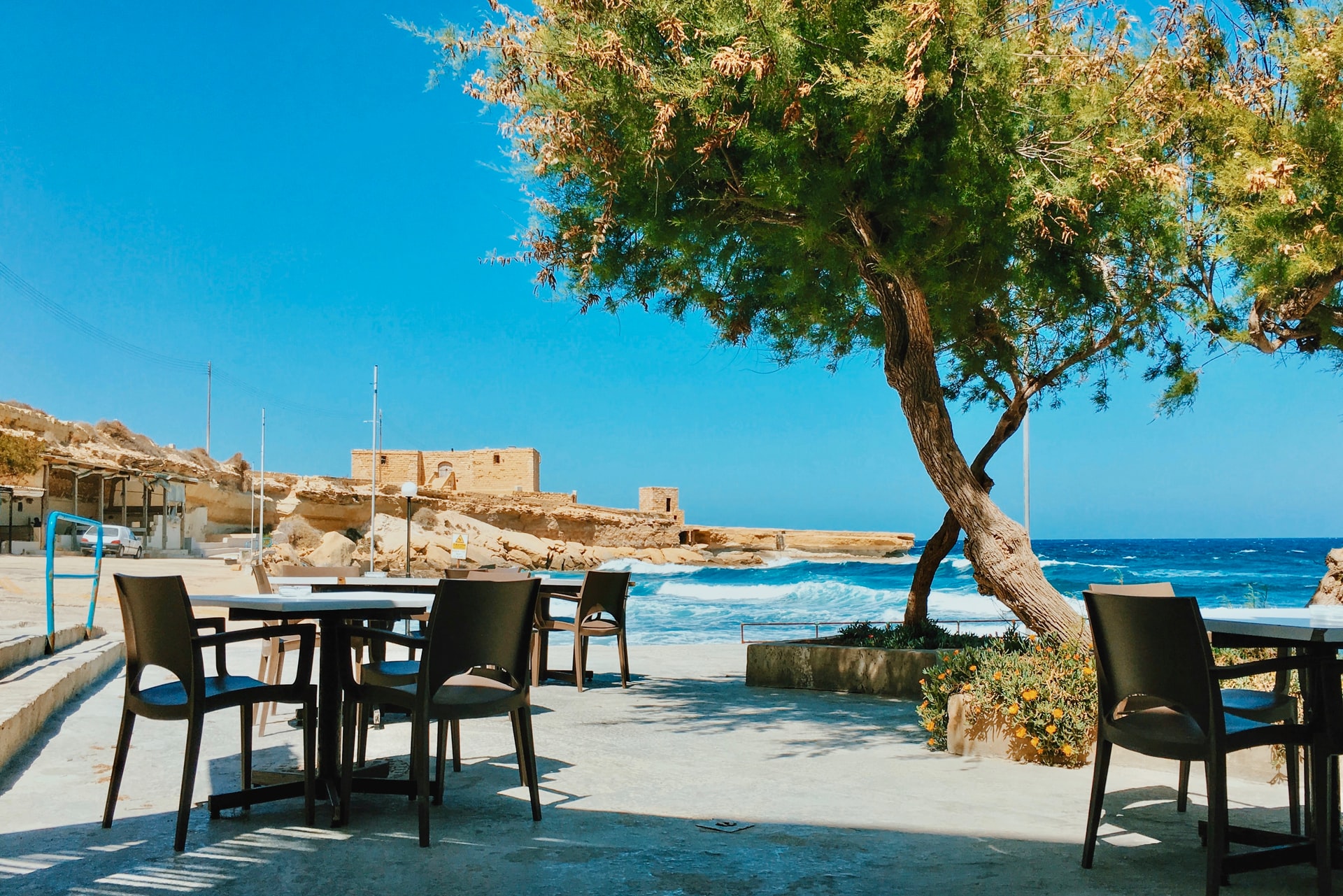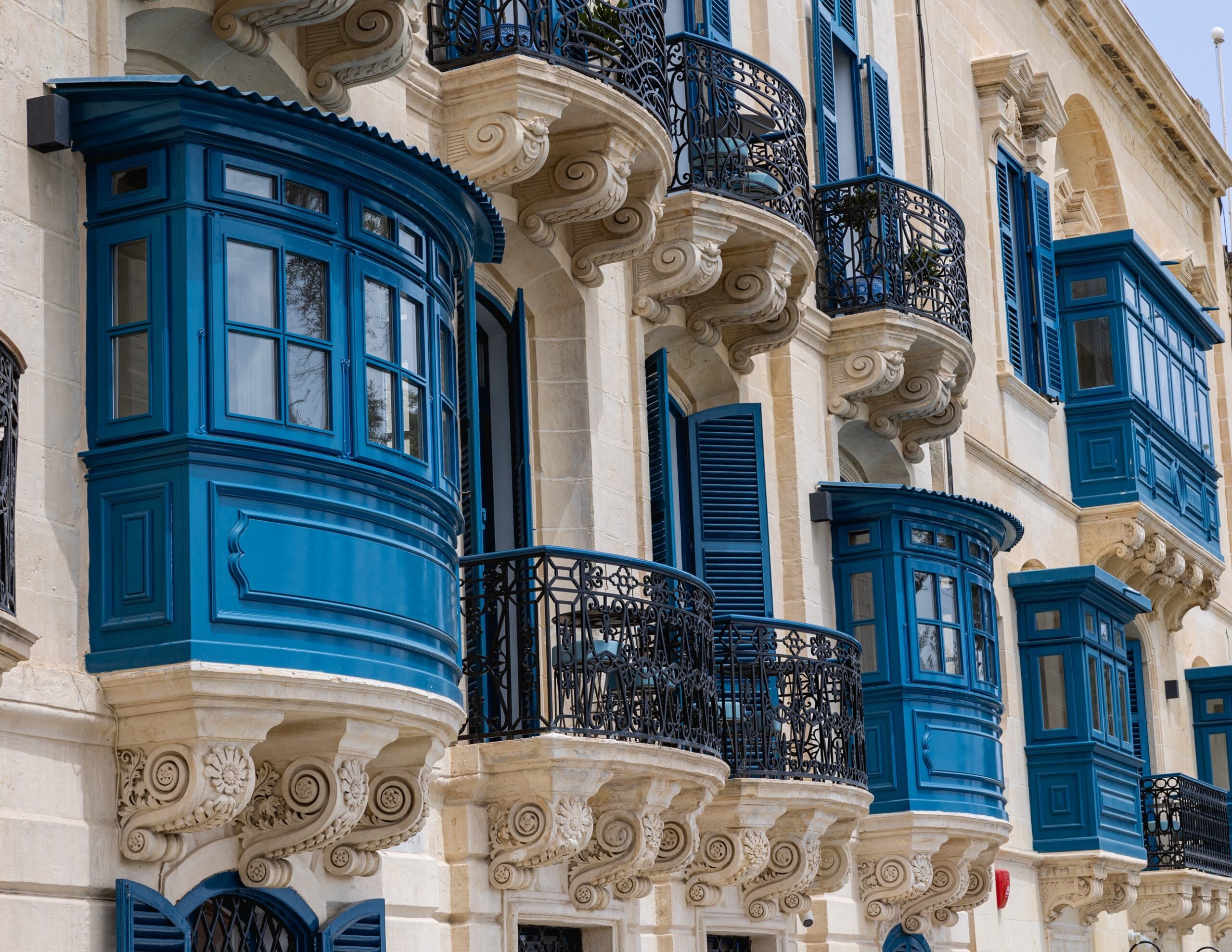Catering establishments typically spend just over a quarter (26.6 per cent) of their total sales revenue on salaries and other labour costs, according to a new study.
The research, commissioned by the Association of Catering Establishments (ACE), also finds that raw materials are the second biggest expense, averaging 20 per cent of sales revenue. This is followed by beverage costs (17.4 per cent), utility tariffs (7.7 per cent) and rental of property (6.3 per cent).
The bottom line is that the average profits for restaurants, take aways, bars, kiosks and other catering establishments is just 6.1 per cent.
The findings “clearly highlight the financial challenges the industry faces and eradicate perceptions and misconceptions on the industry’s revenues,” said ACE president Michelle Muscat. “It also questions the industry’s sustainability especially when one takes into account the additional costs being introduced and other ancillary operational and administrative expenses.”
Ms Muscat also pointed to consumers’ declining disposable incomes, the labour shortage, the rise of food delivery services and the “unfair anti-restaurant) 1992 Work Regulation Order (WRO), which specifies that feasts and Sundays are days when employees get extra pay, except for those industries like those related to hospitality, putting stand-alone catering establishment (not connect to a hotel) at a disadvantage.
These issues are only further amplified in a scenario where “competition is rife”.
She praised the Government’s quick and effective action to keep prices of fuel, electricity and and basic foodstuffs affordable.
“It is fair to say that the industry would be in much a more catastrophic situation if the Government wouldn’t have intervened,” she said.
Malta eyes Ireland’s permanent Basic Income Scheme for artists as a model for local policy
The initiative provides artists with a steady weekly income, allowing them to focus on their creative work without financial stress
Streaming up, spending down: MCA survey highlights shifting TV habits in Malta
Maltese households are embracing streaming platforms while traditional pay-TV spending continues to decline
Iniala awarded Malta’s first two Michelin Keys
Just like the famous Michelin Stars for restaurants, the Keys are the culmination evaluation by the Guide's independent inspectors






